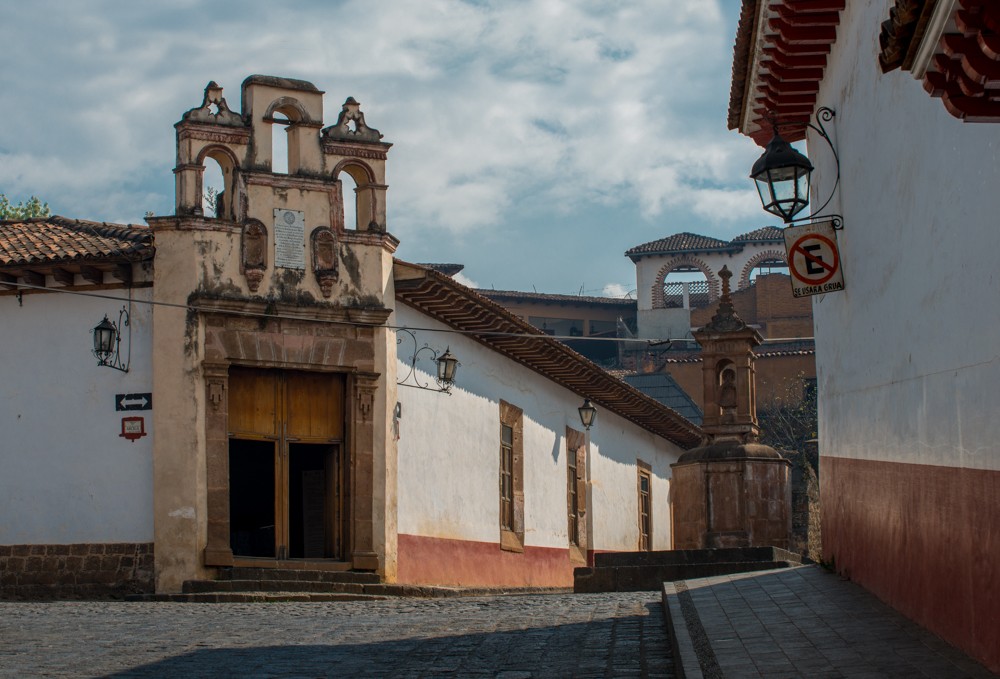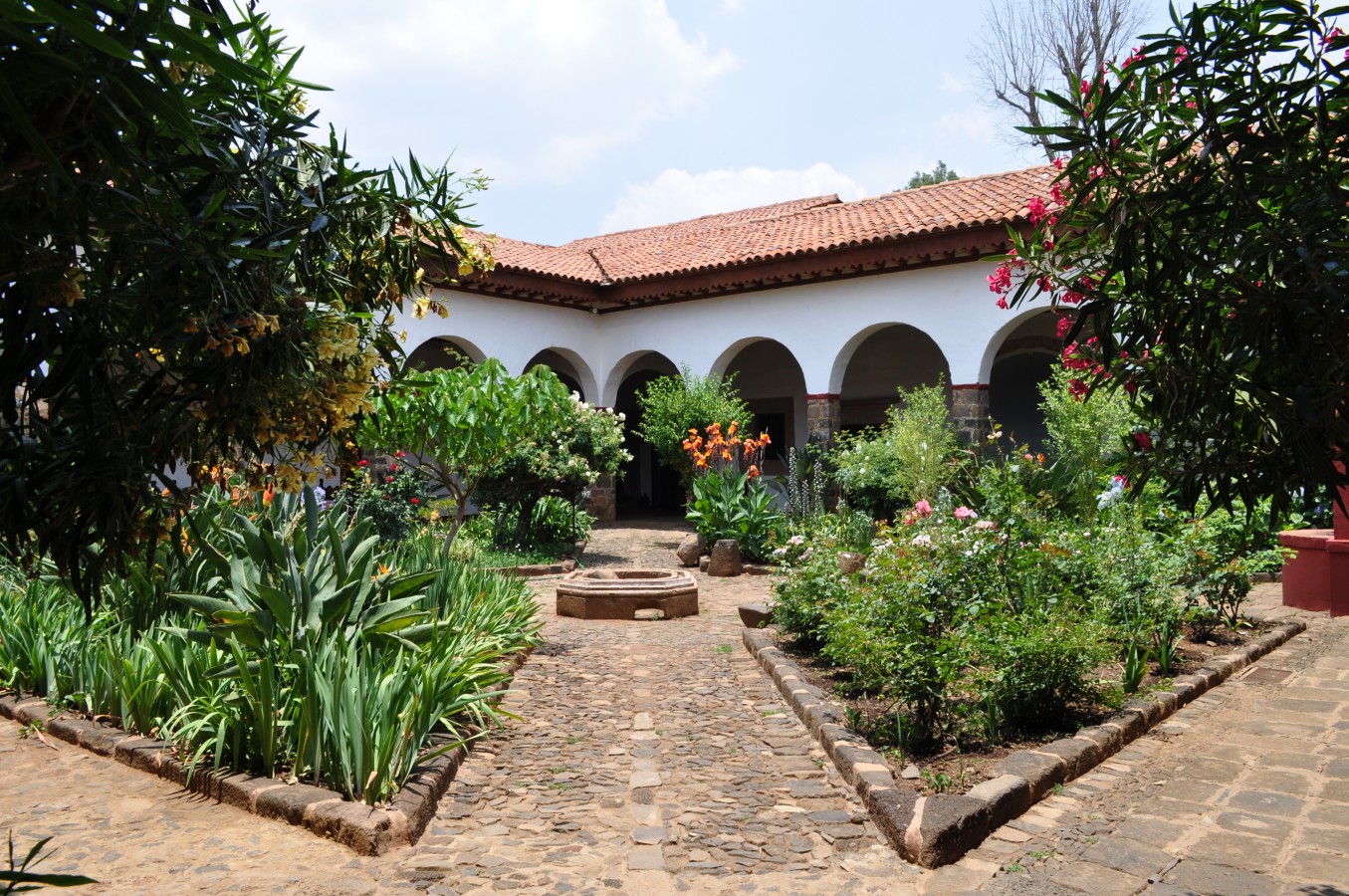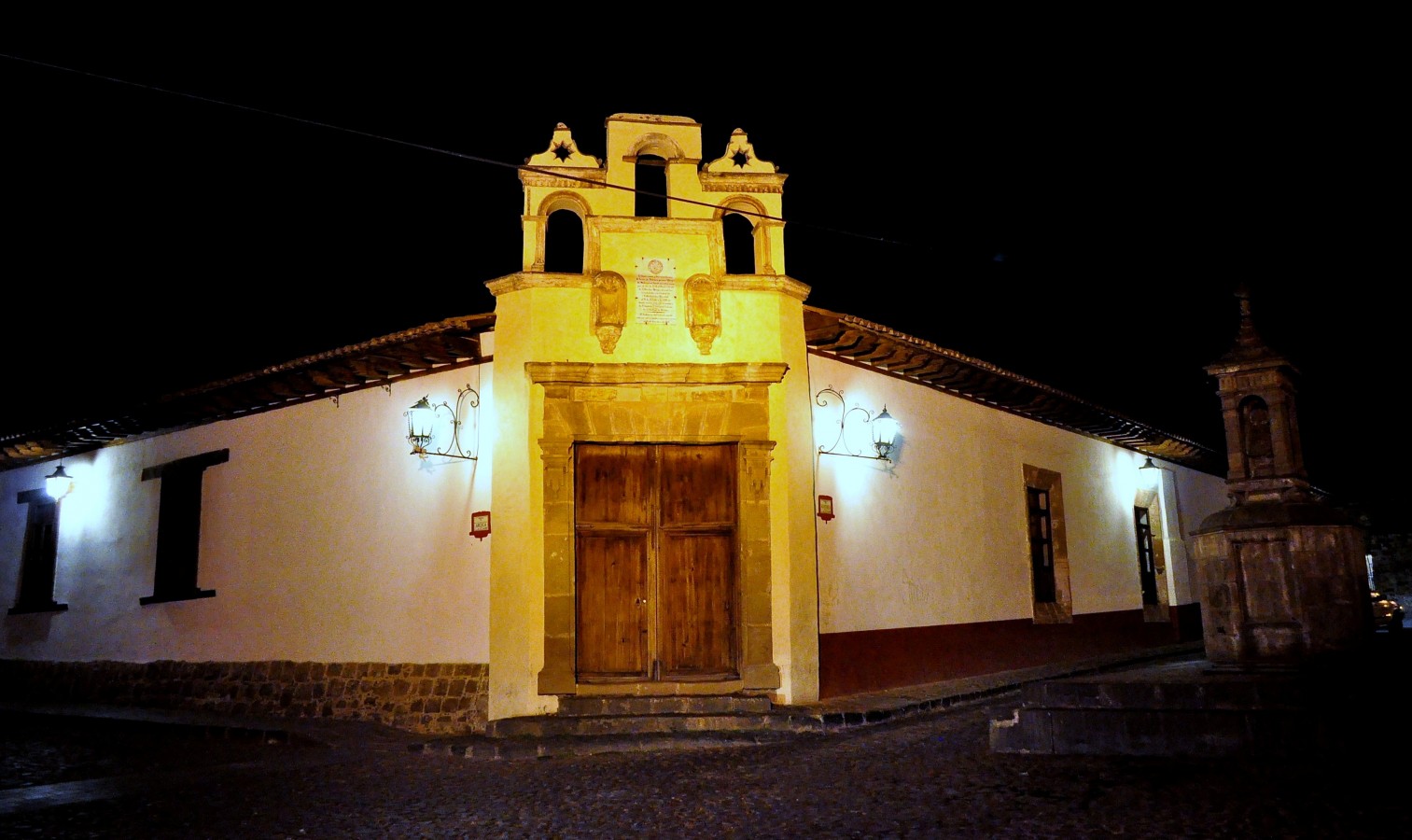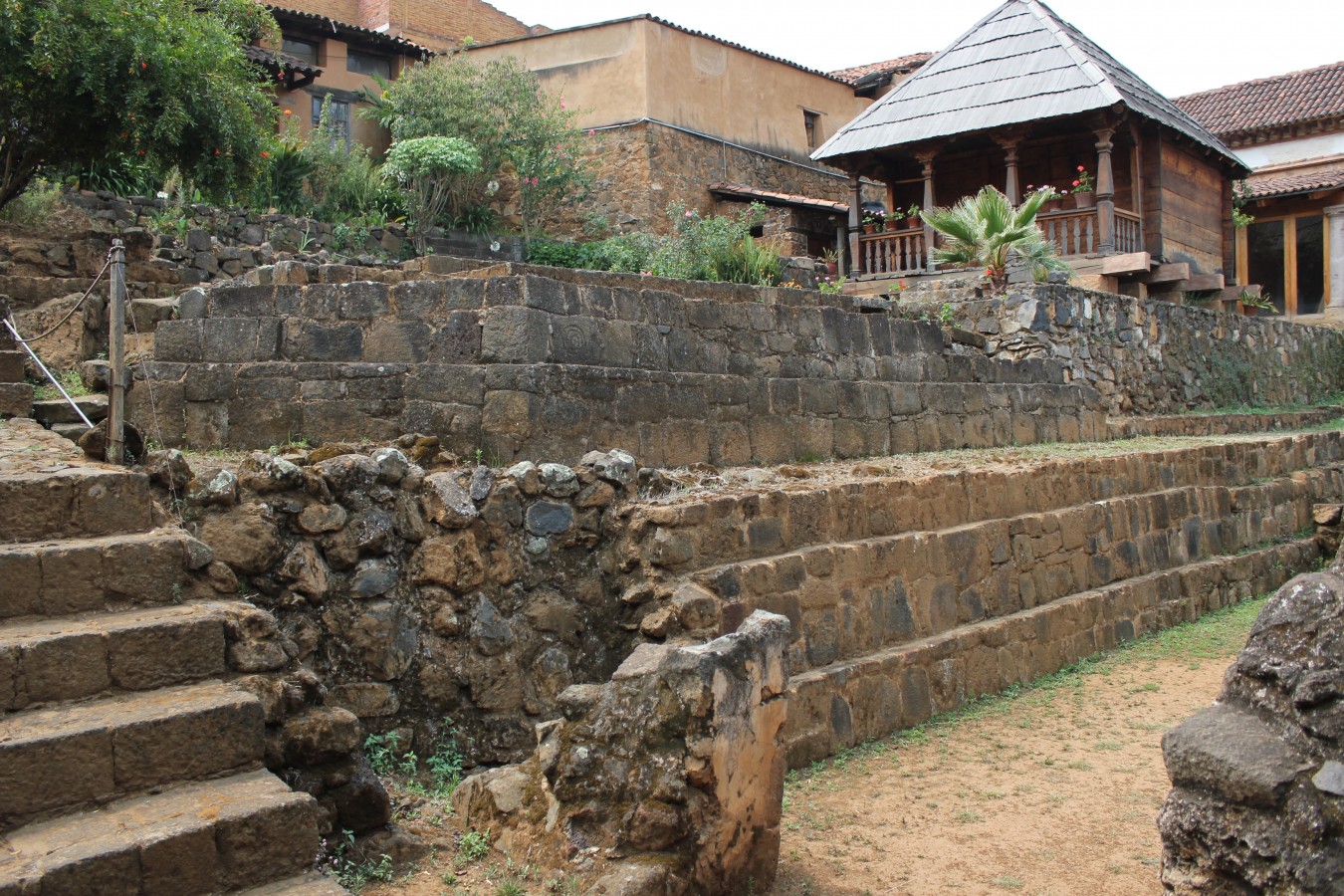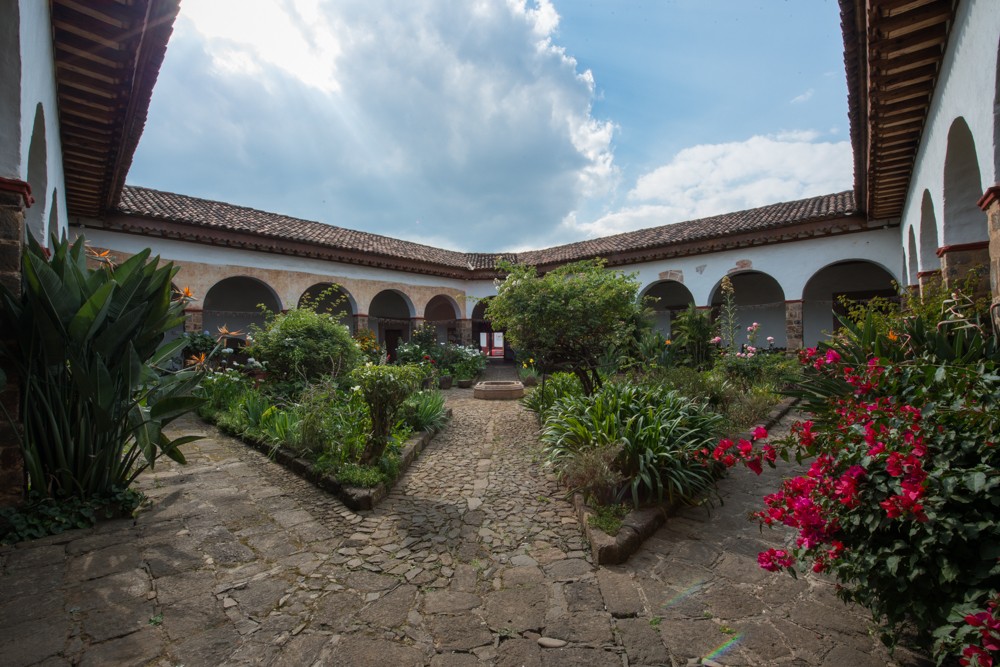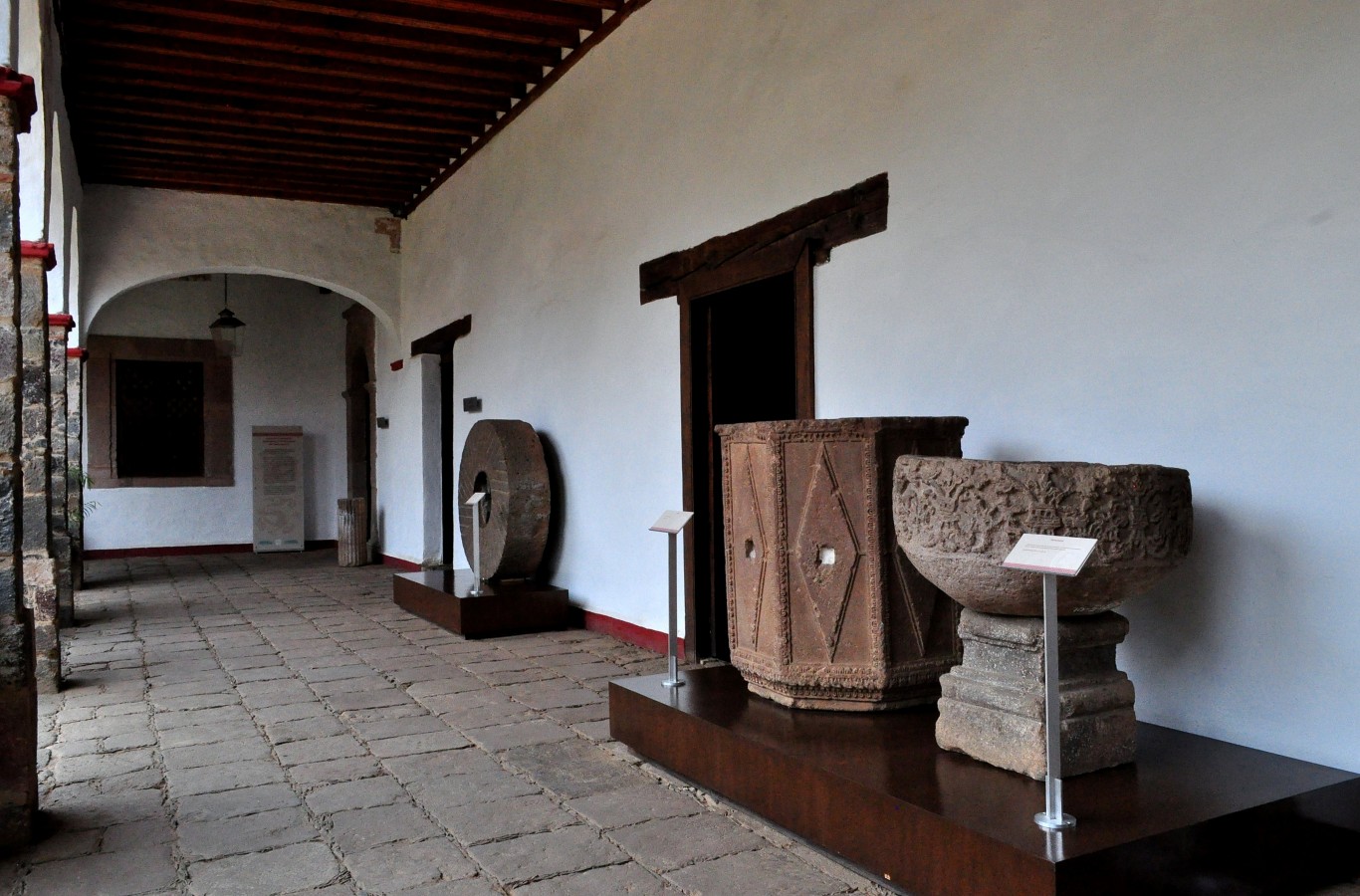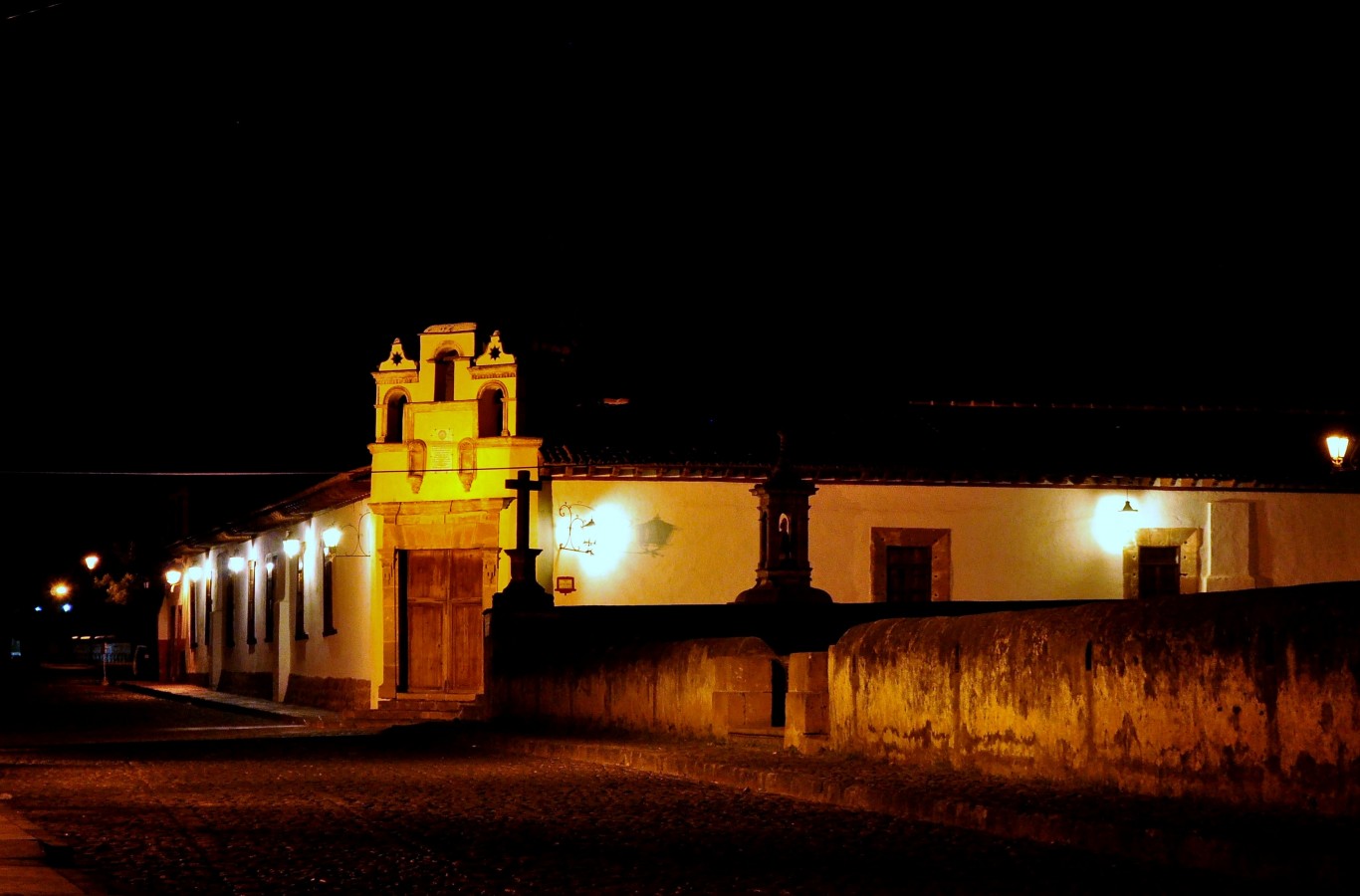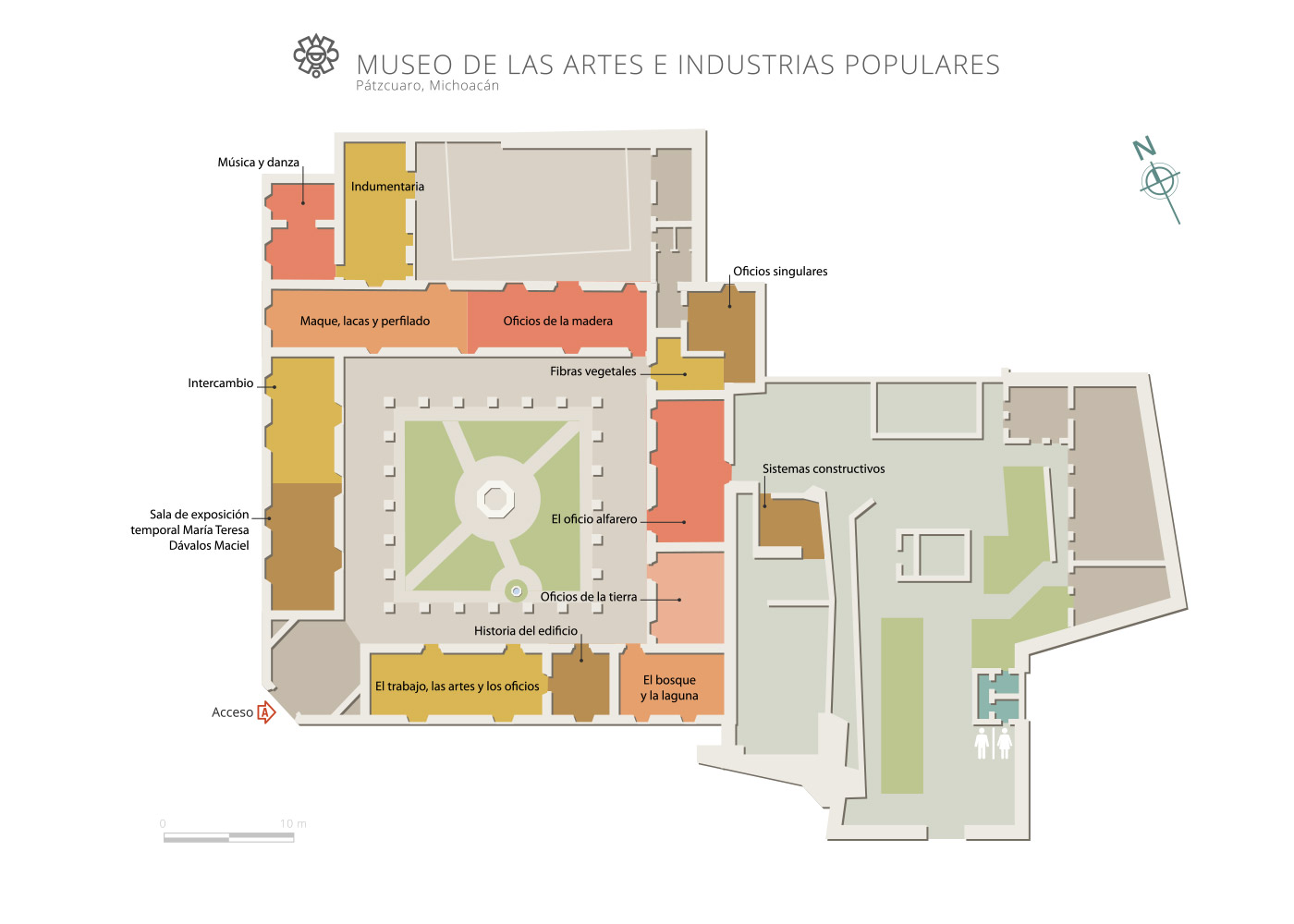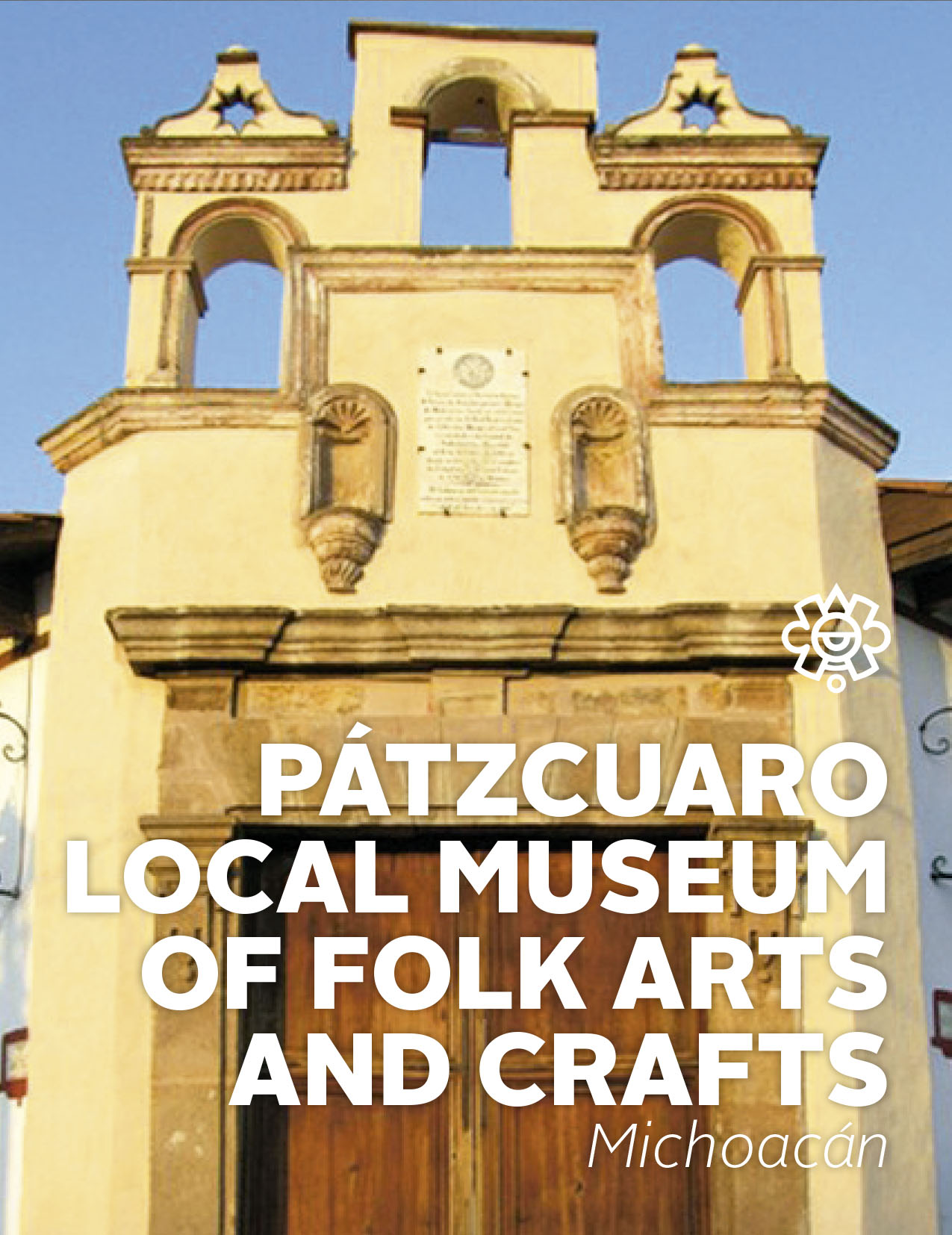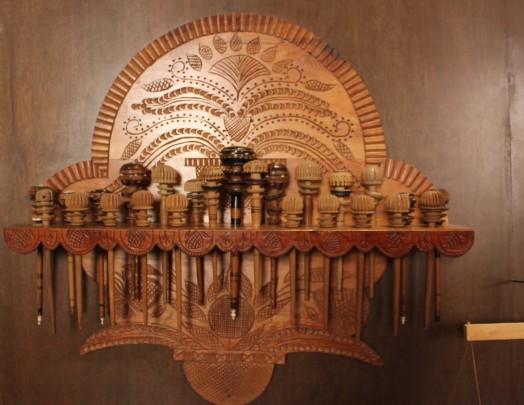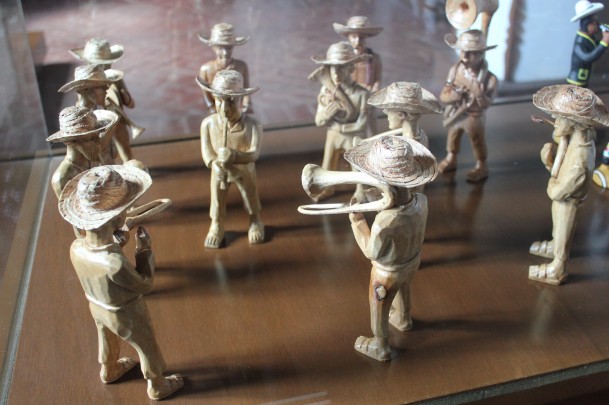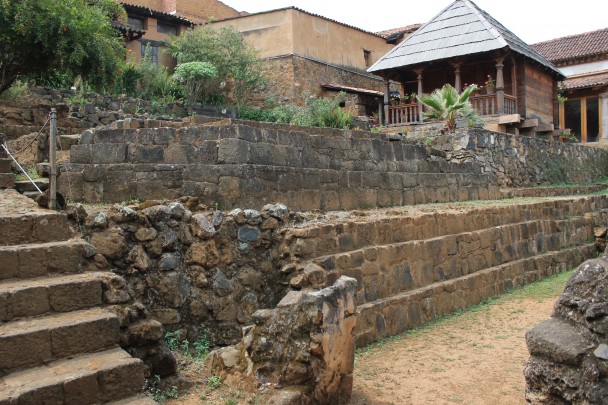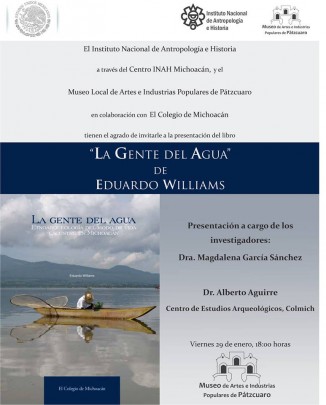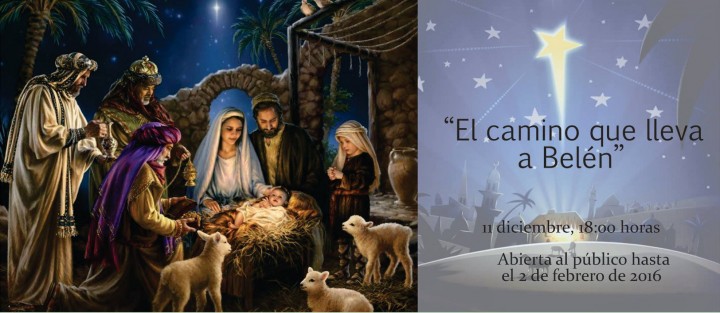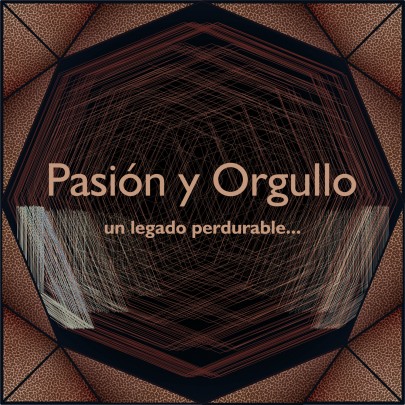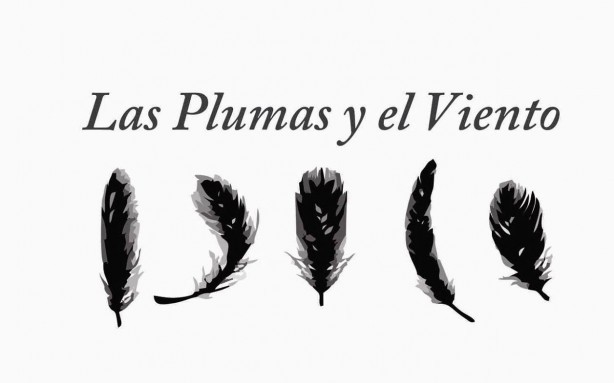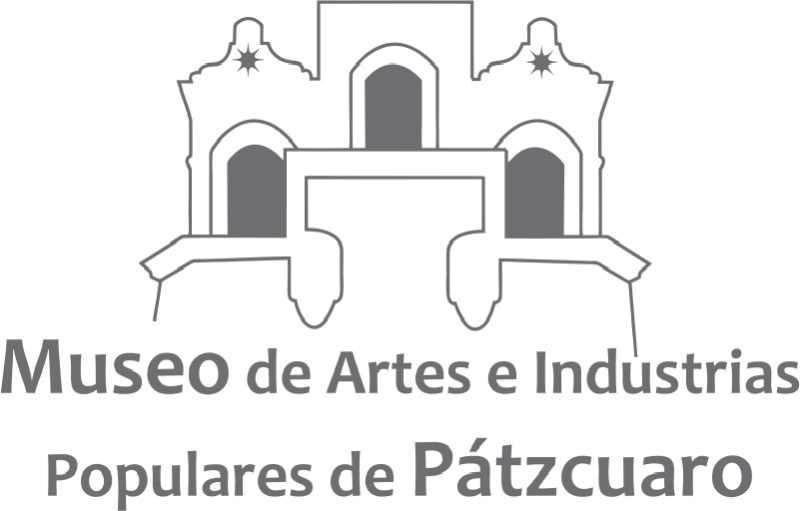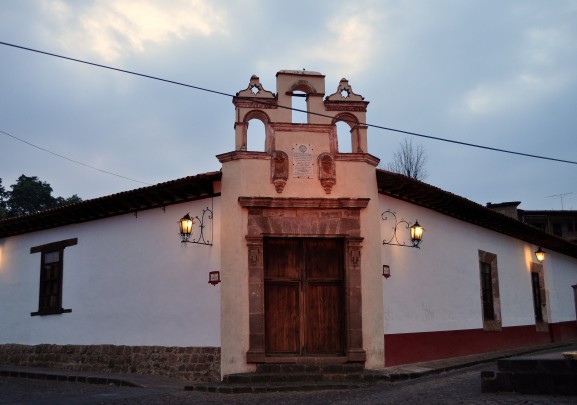The building has undergone many significant transformations. Vasco de Quiroga, the first bishop of Michoacan, commissioned the original San Nicolás Obispo College on this site. Even though it dates back to the sixteenth century, there are only a few walls left standing from the original building. The building’s current configuration has been shaped by its subsequent use as a girls’ school, private residence, military headquarters and agrarian meeting center.
The Museum of Popular Arts and Industries in Patzcuaro was founded in 1938 by a decree of President Lázaro Cárdenas in order to reassert the economic and aesthetic value of Purepecha crafts. Since then, this eighteenth-century building with 11 rooms has been an exhibition space. It became part of the INAH museum network in 1942.
For the last 70 years the building has been the showcase for local Purepecha handcrafts. Its permanent and temporary exhibitions have displayed an evolving craft production recognized for its variety, quality and aesthetics within Mexico and abroad. A tour of the museum provides information on the women and men involved in production, their needs and choices, their daily tasks and the behind the scenes organization of each of the region's handcrafts.
Under INAH’s custody the museum has incorporated acquisitions of the Institute as well as donations from the craft makers. Renovation work in the 1970s brought in showcases made by the carpenters of Patzcuaro, and uncovered part of the yacata (circular-plan temple) in the rear patio, also providing the site with a rich collection of pottery from various towns across the Purepecha region. In December 2010 the museum reopened its doors after new maintenance work to the building and the renewal of the exhibitions, now given an ethnographic slant to provide information not only on the artistic aspect of the crafts but also information on the way of life and organization of the towns where they are produced. Thanks to the curatorial guidance of Dr. Aída Castilleja González, a researcher from the Michoacan INAH Center in association with Catalina Rodríguez Lazcano, curator of the World of the Purepecha Gallery of the National Museum of Anthropology, the museum has been able to offer a tour of the different working methods of the Purepecha people of Michoacan.
The museum’s historical building represents nearly 50 of the region’s towns, subdivided into four areas: La Sierra (mountains), La Laguna (lake), La Ciénaga (marshes) and La Cañada de los Once Pueblos (valley of the 11 villages). The curators offer a glimpse into the different working methods and trades of these ethnic groups. The aim is to show work as a dynamic factor in the life of society, which gives the inhabitants a sense of identity. Ancient ways of working from pre-Hispanic times are shown, followed by new systems and trades incorporated during the viceregal period. Hence the displays cover activities such as: hunting, gathering, fishing, farming, food preparation, pottery, copper work, stone and wood work, lacquerware of Uruapan and Quiroga and the Patzcuaro-style gilding, as well as building techniques, clothing (backstrap weaving, treadle loom weaving and embroidery) and music.
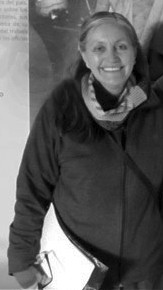
Zona Centro, C.P. 61600,
Pátzcuaro, Michoacán, México.
It is located in the center of the city of Patzcuaro, one block from the Plaza Vasco de Quiroga. Entering the city by the Morelia-Patzcuaro road, continue along Lázaro Cárdenas avenue, which leads to the junction of Ahumada, Lloreda and Buenavista streets (a point known as Siete Esquinas or seven corners), from there take Buenavista street, which leads to Arciga street, continue along the latter, to the east the Basilica de Nuestra Señora de la Salud can be seen. Continuing down that same street, the museum is less than 50 meters to the south.
-
+52 (434) 342 1029
-
This email address is being protected from spambots. You need JavaScript enabled to view it.
-
FACEBOOK

